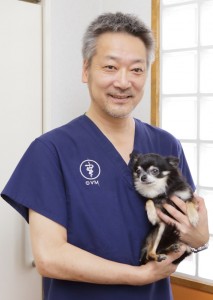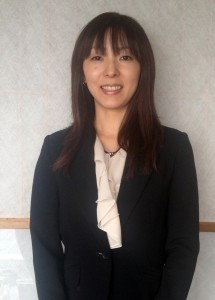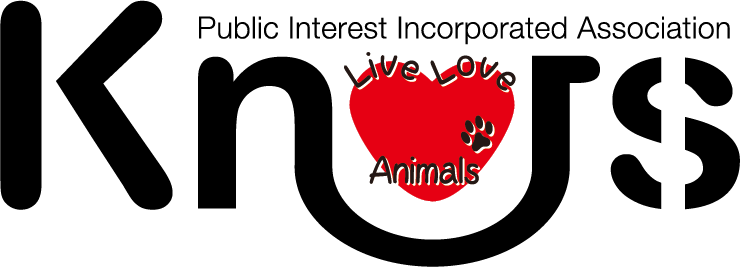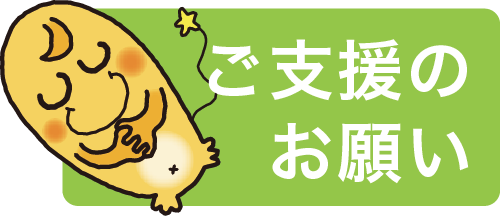|
|
||||||||||||||||
Symposium Ⅶ
“Advanced Veterinarian Technologies
and Terminal Medical Care for Pets (incl. Euthanasia)”
Date: Sun.20th July 14:00 ~ 17:00
Venue: Waraku Meeting Room
Organiser: Japan Veterinary Medical Association
Supporting Company: DS Pharma Animal Health Co., Ltd.
Purpose: With pets now being regarded as ‘members of the family’ and ‘members of society’, expectations for the quality and options of their medical treatment have risen. Veterinarian doctors, nurses and owners will come together at this symposium to discuss the more advanced veterinarian technologies and care options now possible for treating terminally ill pets and providing a peaceful death (incl. euthanasia).
Highly Advanced Veterinary Medical Treatment and Terminal Care in Yokohama City
Koichi FUJII, D.V.M., MS, Ph.D, MBA
![]()
Director, Fujii Veterinary Medical Center / Board Member, Japanese Animal Hospital Association (JAHA) / Board Member, Japanese Society of Veterinary Anesthesia & Surgery)
In the past 20 years, the term ‘highly advanced medical treatment’ is often used in the field of veterinary medicine to accompany the introduction of expensive new equipment. Within the capital area especially (Tokyo), there are several private animal hospitals, other than at the four universities, which state that they provide secondary medical care. In the field of human medicine, the ratio of MRI and CT units to total population is No.1 among the the OECD countries. In human medical treatment such machines are used in regular examinations, so perhaps it is only natural that more and more owners are now expecting the same for their animals. However, when providing such highly advanced veterinary treatment, there is a difference to the human situation in that animals require a general anesthetic and furthermore, as veterinary treatment is not covered by insurance, it will be very expensive. Another factor is that the animal patient has to visit the hospital several times.
On the other hand, the attitude is different when we consider, what we call, ‘terminal care’ medical treatment in the case of animals. For humans terminal care is now common, (although, even in urban areas there are not so many hospital-style facilities so home-care palliative home-care is provided). In veterinary medicine there are even fewer animal hospitals providing real terminal care. But whereas in the past, animal owners did not want to spend money on limited hospital options (in many cases, taking care of their pets themselves) now, in recent years, there are many more types of examination and treatments. However, when veterinarians find that there is no hope of saving an animal, owners are increasingly electing to remove the pain and suffering instead of terminal care. They do not want their animal to suffer through further medical treatment.
I personally think that the attitudes to these two types of care – highly advanced medical treatment and terminal care – are not contradictory. Indeed, in the future they should be a set. When an owner keeps an animal, it is inevitable that he or she will confront its death sometime in the future. If after the animal’s death, owners feel they can keep another animal, then the care they chose for the animal was good. Today I would like talk about the current situation relating to highly advanced veterinary medicine a
nd terminal care in Yokohama.
The Veterinary Medical Care that Society Requires
— From the Perspective of Managing Nighttime
Emergency Veterinary Medical Care
Yoshihisa HONDA
![]()
Director, Mew Animal Hospital, Board Director for Osaka City Veterinary Medical Association
It was in 1989 that we opened Japan’s first nighttime emergency animal hospital in Osaka. Our main focus has been to provide relief medical treatment during the night through to next morning, return patients to their doctor, and then repeat the process. Previously, each hospital handled night time emergencies by itself but then 26 vets decided to start this night time hospital service. They shared the same vision that, in order to provide owners with real peace of mind about round the clock availability, a dedicated facility was necessary. When we began, it was difficult to make some local vets within the community understand the significance but, eventually, they too began to refer their patients to us. Now we enjoy a good relationship with local vets, fulfilling the role of night time medical care providers to the community.
When we started, we were unsure what type of cases or owners would come. However, I think they are basically the same as day time cases. On the other hand, compared to the situation 25 years ago, the reasons for coming to the hospital do seem to have changed. For the first ten years after we opened, there were cases of traffic accident (owners failing to walk their animal on a lead), falls from high level flats, abscesses from cats fighting. There were also cases apparently caused by environmental or food factors such as urethral atresia, gastric volvulus, pyometra, caesarean section, accidental ingestion and toxicosis. However in the past five years or so, with owner awareness improving there are now more indoor pet keepers than outdoor pet keepers, better food control, and increased sterilizations, so cases caused by the above-mentioned factors have decreased. On the other hand, there are increasing cases of chronic diseases (as being treated by home vets) that have taken a sudden turn for the worse, such as heart disease and kidney problems. In a way this is inevitable but I hope that as more animals are cared for correctly, the need to urgently seek out a hospital at night should certainly decrease.
Highly Advanced Medical Treatment and Terminal Care
~ From the Point of View of a Veterinary Nurse
Ryoko TOMINAGA
![]()

Head of Veterinary Nurses, Neovets Veterinary Referral Center
Vice President, Japanese Veterinary Nursing Association
Neovets Veterinary Referral Center where I work is an animal hospital providing medical treatment to animals referred to us by their local veterinarians. There are departments for neurosurgery, orthopedics, soft part surgery, oncology and ophthalmology. The animals that come to the center all have some form of physical problem, and almost all need to undergo a CT or MRI examination under anesthesia. Many ultimately require surgery. There are some animals in such a severe condition, some even close to death, that it is impossible to anesthetize them. But their desperate owners bring them to us as their ‘last hope’. So, to at least help answer their prayers some way, the veterinary nurses offer 24 hour care for the hospitalized animals. When an animal recovers and is returned to its owner we feel all our hard work and all our treatment efforts have been worthwhile. But when animals have reached a terminal stage, when prolonging their lives for even a few hours is difficult, we have to be ready for their death and consider how to best handle the ending. Based on the animal’s condition, the veterinarian may suggest euthanasia. At that time I am always conscious that the veterinary nurse has to fulfil an important role providing mental support to owners.
During my 14 year career as a veterinary nurse I have met many animal patients and had to face their last moments on several occasions. My own experience has taught me that the most important service provided by animal hospital staff is to administer painless medical treatment to the animal and allow it to spend as much time as possible with its owner. It is also important to the owner that the final time spent with their animal comes to an end in the best possible way and with minimal regrets. In my talk I would like to share some stories based on conversations I have had with patients, speaking from a veterinary nurses point of view.

